
Womanhood represents a complex and evolving narrative deeply embedded in human history. It is informed by biological realities, shaped through language, expressed across cultures, and sustained by resilience. Far from a static concept, womanhood encompasses a wide spectrum of identities, roles, and lived experiences.
This analysis explores the foundational elements of womanhood, tracing its development from linguistic and historical origins to its present-day interpretations. It considers the biological aspects without reducing womanhood to them, while also acknowledging the influence of cultural expectations and individual expressions. Through these lenses, womanhood emerges as a dynamic and layered phenomenon that continues to influence and reflect broader societal transformations.

Tracing the Word “Woman”: Language, Identity, and Social Change
The term “woman” embodies a complex linguistic heritage shaped by cultural transformation and evolving understandings of identity. Originating from the Old English word wīfma—meaning “woman-person”—the term developed alongside shifts in language and society. The component mann, which initially denoted a gender-neutral “person,” gradually came to signify a “male human” following the Norman Conquest. By the late 13th century, wīfmann had shortened to “woman,” while wīf became more narrowly defined as “wife.” Notably, “woman” is unrelated to “womb,” a word derived from the Old English wamb, meaning “belly” or “uterus.”
The term “girl” has also undergone significant semantic evolution. It originally referred to a young person of any gender but was redefined in the 16th century to denote a “female child.” During the feminist movements of the 1970s, the use of “girl” to describe adult women came under criticism, leading to a decline in expressions such as “office girl.” Nevertheless, in some cultures, “girl” continues to describe unmarried women, echoing older usages like “maid.”
These linguistic developments parallel broader societal shifts, particularly with the emergence of the sex-gender distinction in the 20th century. This framework separates biological sex from socially constructed gender roles, emphasizing how language interacts with evolving cultural and personal identities.
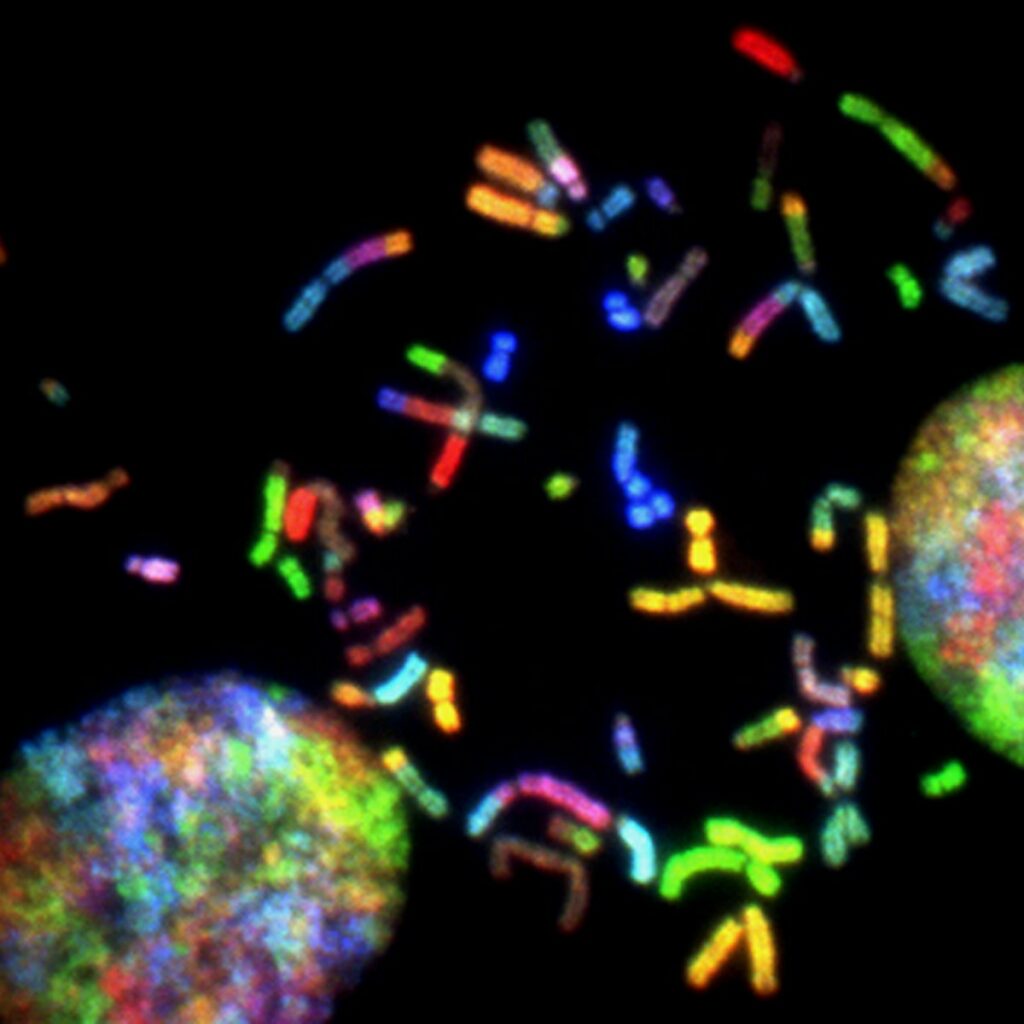
Biological and Genetic Foundations of Womanhood
Womanhood is fundamentally grounded in a distinct biological framework, though considerable diversity exists beyond standard patterns.
Most females possess two X chromosomes, one inherited from each parent, distinguishing them from the typical male XY chromosomal arrangement. This genetic configuration directs early embryonic development: all embryos initially exhibit phenotypically female genitalia until approximately weeks six to seven, when the presence of the SRY gene on the Y chromosome initiates male gonadal development in typical male embryos. Female differentiation occurs independently of this gene.
Mitochondrial DNA, inherited solely from the mother, provides a unique genetic link to ancestral origins, allowing for the tracing of maternal lineages through generations.
The female reproductive system is specialized to support fertilization and childbirth, comprising internal structures such as ovaries, fallopian tubes, and the uterus, alongside external genitalia including the vulva. Mammary glands, which evolved to nourish infants, develop prominently in mature women and have also been shaped by sexual selection.
Physiologically, women generally exhibit lower hematocrit levels (36 to 48 percent compared to 41 to 50 percent in men) and reduced hemoglobin concentrations (12.0 to 15.5 grams per deciliter versus 13.5 to 17.5 grams per deciliter in men), a difference attributed to lower testosterone levels. Additionally, the female heart muscle exhibits distinct structural characteristics and may age more slowly than that of males, potentially conferring cardiovascular advantages.

Hormonal Milestones in Womanhood: From Puberty to Menopause
Hormonal changes delineate significant phases in a woman’s life, influencing reproductive capacity and the aging process.
Puberty is initiated by signals from the pituitary gland, which stimulate ovarian hormone production. This hormonal activity induces physical developments such as breast growth and the emergence of body hair, culminating in menarche, the onset of menstruation, typically occurring between ages twelve and thirteen. Menstruation marks the beginning of reproductive capability, although conception may also be achieved through assisted reproductive technologies such as in vitro fertilization. Unlike many mammals, human infants are altricial, meaning they are born in an underdeveloped state and require prolonged caregiving, reflecting the complex social structures of human care.Between approximately ages forty-nine and fifty-two, menopause signifies the permanent cessation of menstruation and reproductive function.
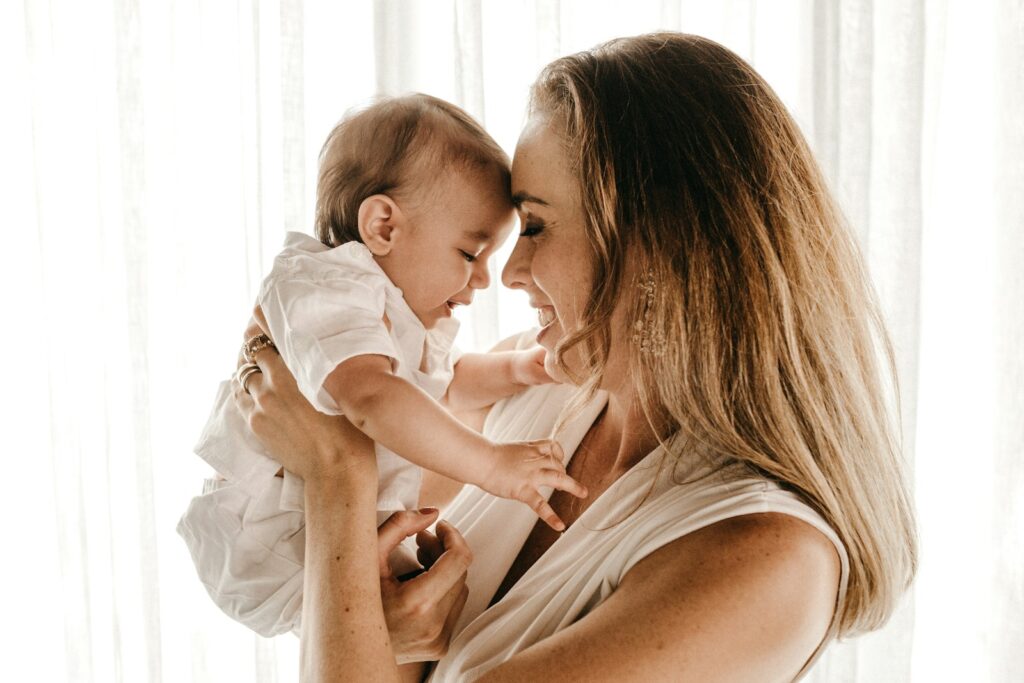
Demographic Trends: Sex Ratios and Life Expectancy
Population data consistently reveal patterns in sex distribution and longevity.
Globally, fewer girls are born compared to boys, with an approximate ratio of one female to 1.05 males. As of 2015, the worldwide population included about 1,018 men for every 1,000 women.
Women generally outlive men by six to eight years, a disparity that begins with higher female infant survival rates. This longevity gap arises from a combination of biological factors, such as greater cardiovascular resilience, and behavioral differences, including a lower likelihood among women to engage in risky activities like smoking. The World Health Organization highlights that longer life expectancy does not necessarily equate to better health outcomes. In certain regions of Asia, gender discrimination reverses typical patterns, while in developed countries, the gap narrows due to women adopting more unhealthy behaviors and improvements in men’s health, such as reductions in heart disease.
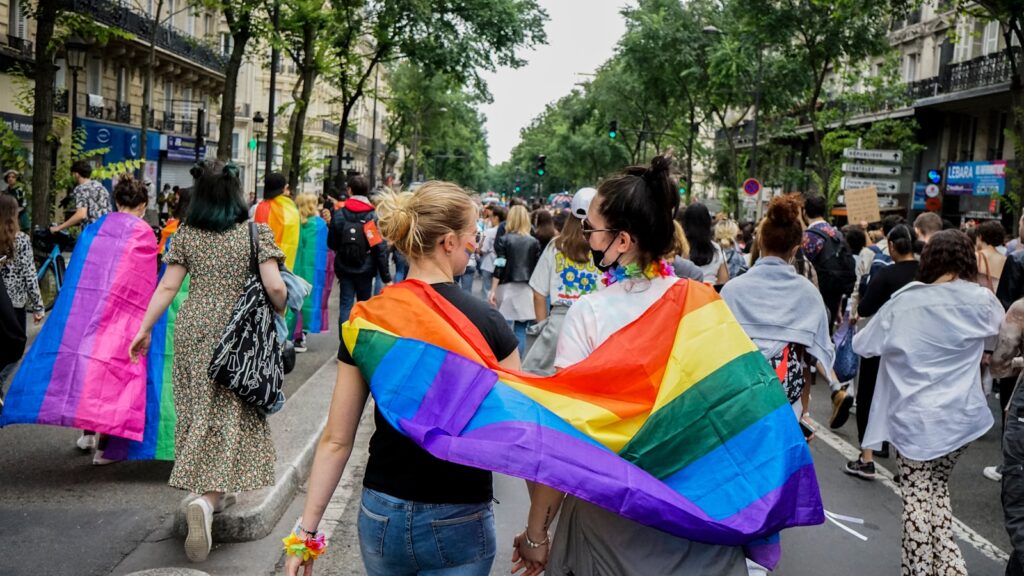
Expanding Womanhood: Intersex and Transgender Identities
Womanhood transcends conventional biological definitions to encompass a spectrum of diverse identities.
Intersex individuals are born with sex characteristics that do not conform to typical female or male biology, such as ambiguous genitalia. Many intersex people are assigned female at birth and identify as cisgender, aligning with their assigned sex. Medical interventions that impose binary sex classifications on intersex youth have sparked ethical debates concerning bodily autonomy. Certain intersex conditions show higher prevalence of identification within LGBT communities, illustrating the complexity of identity pathways.
Transgender women, assigned male at birth but identifying as female, may experience gender dysphoria—a distress resulting from incongruence between gender identity and assigned sex. Gender-affirming care, which includes social measures such as preferred names and pronouns and medical treatments like feminizing hormone therapy and surgery, can alleviate dysphoria and support congruence with one’s gender identity. Transgender women exhibit diverse sexual orientations, contributing to the rich and multifaceted nature of womanhood.

Sexuality, Gender, and the Social Dimensions of Womanhood
Sexuality and gender identity contribute significant complexity to the concept of womanhood, shaped by both biological factors and social influences.
While the majority of women identify as heterosexual, many also identify as lesbian or bisexual. Sexual attraction arises from a combination of biological predispositions, personality traits, cultural background, and upbringing.
Historically, most societies have adhered to a gender binary, categorizing individuals as either women or men. However, some cultures recognize additional gender categories beyond this binary framework. Traits commonly associated with femininity, such as nurturing behavior, are partially social constructs, though biological influences may play a role. The dynamic interaction between nature and nurture in shaping gender expression remains a topic of ongoing scholarly discussion.
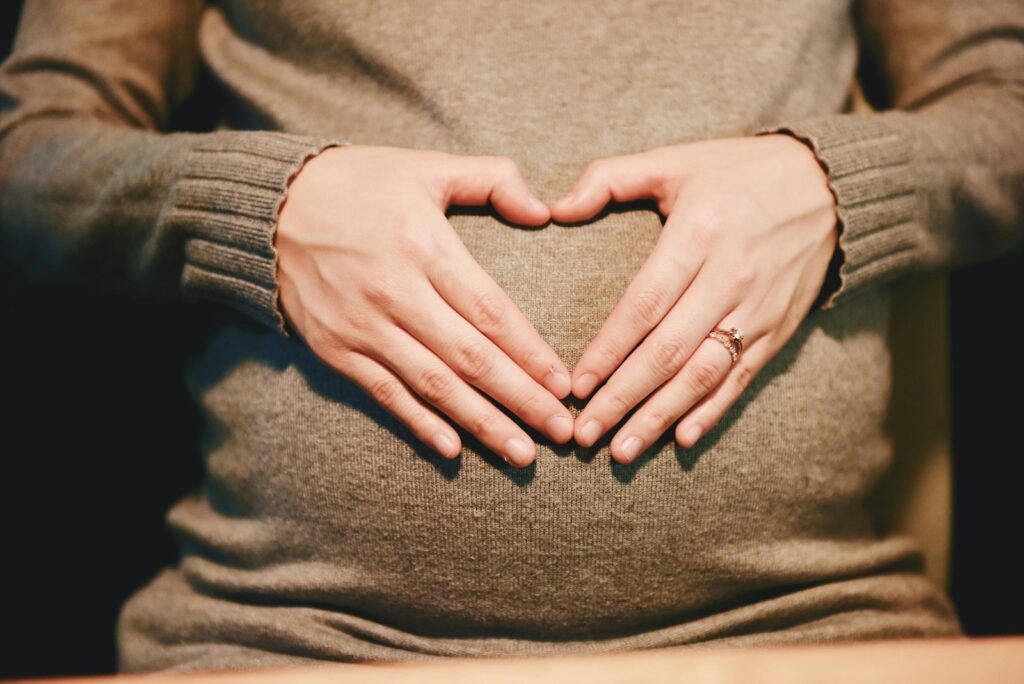
Women’s Health, Reproductive Rights, and Maternal Care: A Global Perspective
Women’s health necessitates specialized attention, particularly regarding reproductive functions, yet access to adequate care remains a significant global challenge.
Biological factors such as sex chromosomes and hormones, alongside lifestyle choices, influence women’s health outcomes, including responses to medication and susceptibility to diseases. Maternal health is of critical importance. In 2008, over 500,000 women worldwide died annually due to pregnancy-related complications. By 2017, 94 percent of maternal deaths occurred in low-income regions, often associated with conditions such as pre-eclampsia, unsafe abortions, and infections.
Reproductive rights, defined as control over one’s sexuality and reproduction, encounter numerous obstacles internationally. Between 2010 and 2014, approximately 56 million induced abortions were performed annually, of which 25 million were unsafe. The resulting mortality rates differ sharply, with 30 deaths per 100,000 procedures in developed regions compared to 520 per 100,000 in sub-Saharan Africa. Restrictive legislation, societal stigma, and medical barriers such as mandatory waiting periods jeopardize women’s lives, underscoring the urgent need for accessible and safe reproductive healthcare services.

Women’s Influence Through History: Society and Gender Roles
Women have contributed significantly to societal development over millennia, despite enduring historical limitations.
Prominent ancient figures such as Neithhotep, Egypt’s first queen around 3200 BCE, and Peseshet, an Egyptian physician circa 2600 BCE, challenged prevailing norms. Enheduanna, a Sumerian priestess dating to approximately 2285 BCE, is recognized as one of the earliest known authors, exemplifying female intellectual leadership.
Traditional patriarchal societies often restricted women to domestic roles. However, transformations in the labor market during the twentieth century expanded opportunities. In the United States, workforce participation among married women increased from approximately 5.6 to 6 percent in 1900 to 23.8 percent by 1923. Nonetheless, women continue to face the dual responsibilities of employment and childcare, while historical biases, such as prohibitions against married women in academia, persist in more subtle forms.

Violence Against Women: An Enduring Global Crisis
Gender-based violence persists as a pervasive global issue, rooted in unequal power structures.
This violence, encompassing physical, sexual, and psychological harm, occurs within families, communities, and through state mechanisms. Patriarchal systems and inadequate legal protections perpetuate abuses including female genital mutilation, human trafficking, rape, and honor killings. In certain countries, up to ninety percent of women condone spousal abuse under specific circumstances.
Historically, women have faced systemic violence, from witch burnings to practices like sati, the ritual widow sacrifice. Armed conflicts further exacerbate such violence, with documented instances of war rape and sexual slavery during events such as the Armenian Genocide and atrocities committed by ISIL. While Western nations have made progress by prosecuting domestic violence, many regions continue to witness erosion of women’s legal rights within the institution of marriage.
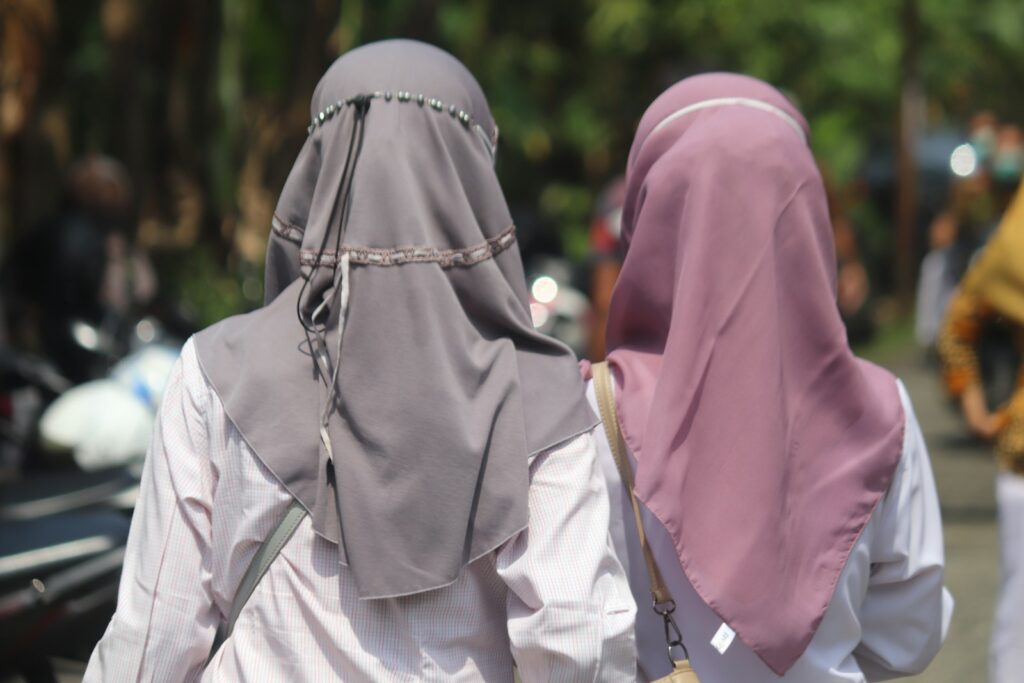
Culture, Family, and Education: The Diverse Realities of Women
Cultural practices, family dynamics, and education systems reveal the multifaceted experiences of women worldwide.
Attire varies significantly according to cultural norms, such as Islamic headscarves or Western fashion, with some regions imposing legal requirements on clothing. Fertility rates differ widely, from 6.62 in Niger to 0.82 in Singapore as of 2016. Family structures have evolved, with Western societies transitioning from extended to nuclear families. Non-marital fertility is socially accepted in some areas, yet remains stigmatized in others.
Gender disparities continue on a global scale, though women in Western countries have surpassed men in educational attainment. For instance, in the United States during 2005 and 2006, women earned the majority of associate, bachelor’s, and master’s degrees. Literacy rates show a slight gap, with 87 percent of women and 90 percent of men being literate as of 2020; in sub-Saharan Africa, female literacy is approximately 59 percent. Women remain underrepresented in science, technology, engineering, and mathematics fields, earning only 30 percent of tertiary degrees and constituting 25 to 35 percent of researchers, while facing obstacles in reaching top academic positions.

Womanhood embodies a narrative of resilience shaped by biological foundations, redefined through evolving identities, and transformed by historical struggles and societal progress. From its linguistic origins to contemporary global movements, women have continuously overcome barriers, contributed profoundly to societies, and expanded the understanding of what it means to be a woman. Appreciating this intricate tapestry is essential to advancing equity, dignity, and inclusion for all individuals.



